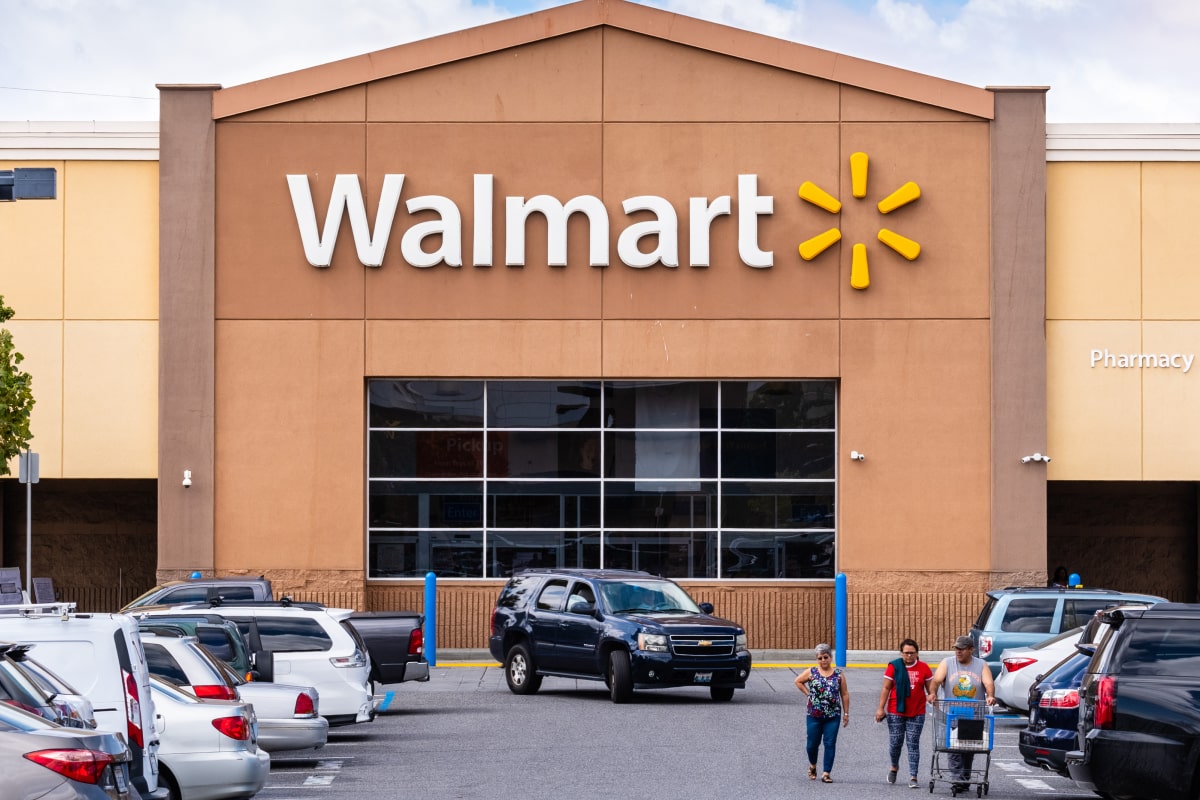Several of America’s largest retailers reported mixed earnings results for the first quarter of 2025 this week, highlighting a bifurcated consumer landscape shaped by shifting spending habits, inflation fatigue, and a more normalized post-pandemic e-commerce environment. Walmart (WMT) , Target (TGT) , and Amazon (AMZN) each beat or met earnings expectations but offered cautious guidance for the rest of the year. Brick-and-mortar sales remained steady or slightly down, while e-commerce sales showed signs of plateauing after years of double-digit growth.
"The post-COVID e-commerce surge appears to be maturing into a more stable, sustainable phase," said Carla Rios, senior retail analyst at Bluegate Advisors. "Retailers are adjusting their models accordingly it's less about aggressive expansion and more about efficiency, fulfillment, and customer loyalty."
Walmart Gains on Grocery and Private Label Sales
Walmart posted strong Q1 earnings, driven by steady traffic in its grocery aisles and growing adoption of its private-label products , which appeal to budget-conscious shoppers. Comparable store sales rose 3.8% , while e-commerce revenue increased 6% year-over-year — a slower pace than in previous quarters but still healthy given the broader slowdown in online retail. CEO Doug McMillon noted, “Customers are still spending, but they’re being more selective. We're seeing higher basket sizes but fewer discretionary items.” The company also emphasized investment in automation and fulfillment centers, suggesting it’s playing the long game on operational efficiency as margins tighten.
Target Disappoints, Hit by Weak Apparel Sales
Target delivered a more muted quarter. While total revenue grew 2.1% , net income fell short of expectations, weighed down by underperformance in its apparel and home goods segments. Higher markdowns and a dip in discretionary purchases pressured margins. Target’s online sales were flat compared to last year, reflecting broader consumer fatigue with digital shopping and an increase in “click-and-collect” orders, which rose 12% , as consumers seek to avoid shipping fees.
“We’re encouraged by ongoing strength in essentials and household staples,” said CFO Michael Fiddelke. “But it’s clear that shoppers are pulling back on wants versus needs.”
Amazon Shows Signs of E-commerce Maturity Amazon reported a 9% increase in net sales for Q1, with operating income growing sharply due to improved efficiency across its logistics and AWS cloud units. However, its core North America e-commerce business only grew 4% , pointing to a cooling of the online shopping boom that defined much of the last four years. Amazon’s Prime subscription growth remained steady, and CEO Andy Jassy emphasized investments in AI-powered product recommendations and drone delivery pilots as key long-term differentiators.
“E-commerce is not contracting — it’s consolidating,” said Jassy. “We believe the next phase will be driven by speed, personalization, and reliability.”
The Broader Retail Picture: Resilient but Changing
Industry analysts say the latest earnings reflect a U.S. consumer who is still spending — particularly on essentials, health, and personal care — but is growing more selective and price-sensitive amid persistent inflation and higher interest rates. Retail foot traffic has rebounded in suburban and urban areas, but impulse shopping has declined, especially among lower-income households. Buy now, pay later (BNPL) usage is up significantly year-over-year, according to Adobe Analytics, suggesting that some shoppers are leaning more heavily on credit.
“This is not a retail recession — it’s a recalibration,” said Rios. “Retailers that offer value, flexibility, and seamless experiences — both online and offline — are best positioned to win in this environment.”
E-commerce: A New Plateau, Not a Decline
After years of surging digital adoption, e-commerce now appears to be entering a more mature growth phase. According to data from the U.S. Census Bureau, e-commerce sales grew 6.2% year-over-year in Q1 — the slowest pace since 2018, excluding the pandemic dip. However, the total share of e-commerce in retail sales held steady at 15.6% , suggesting a permanent shift in consumer preference. Major retailers are investing in hybrid models , integrating online and in-store experiences, bolstering returns logistics, and enhancing loyalty programs.
Investor Takeaways
Despite mixed earnings, markets responded with relative stability:
- Walmart shares rose 2.4% on strong grocery and cost-control performance.
- Target fell 1.7% , reflecting margin pressures and weak discretionary sales.
- Amazon gained 1.3% , supported by AWS growth and operational improvements.
Retailers will now turn their focus to the all-important back-to-school season , which could serve as a barometer for consumer sentiment heading into the second half of 2025.






